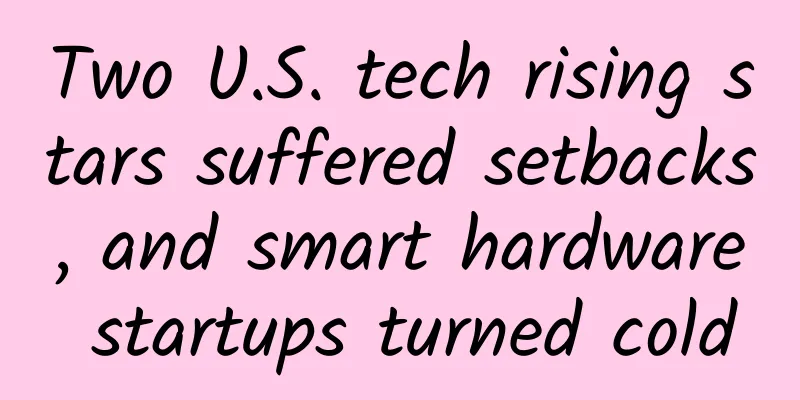Android opens two paths for two "billion users"

|
In Q2 2014, Android's market share in smartphones reached nearly 85%. According to Ericsson's survey and forecast data, the number of smartphone users worldwide reached 1.9 billion at the end of last year, and will reach 3.3 billion by the end of 2015. Strategy Analytics predicts that the number of smartphone users will reach 2.5 billion by the end of next year. In other words, the number of Android users has far exceeded 1 billion and is heading for the next 1 billion. It is foreseeable that, based on the current situation of the smartphone market, most of these new smartphone users will turn to Android. Of course, market forecasts do not necessarily mean that the future will belong to Android. For this reason, Android needs to work very hard to achieve hundreds of millions or even billions of user growth. Android in India & Southeast Asia
Today, Asus provided iFanr with a sales data: the global monthly sales of its new product line Zenfone smartphones exceeded 1 million. In the entire smartphone market, this is not a very outstanding sales volume, but the corresponding market is worth thinking about. Among the one million monthly sales, the monthly sales in Taiwan, Thailand, Malaysia, India and other places all exceeded 200,000 units. In other words, compared with the fiercely competitive mainland market, these markets are easier to break through. Data released by market research firm IDC in August this year showed that India's smartphone shipments in the second quarter of 2014 increased by 84% year-on-year and 11% month-on-month to 18.42 million units. After so many years of development, the markets in Europe, America, Japan, South Korea and China have become mature, with little growth potential and fierce competition. The densely populated Southeast Asia, Taiwan, and India have become the next places for mobile phone manufacturers to dig for gold. Facing this market, Google has come up with Android One. Google and MTK have become strategic partners to develop Android One related products. Android One will allow phone makers to build low-cost smartphones that can be sold primarily to nearly 1 billion potential users in emerging markets. Therefore, in fact, Android One is not only controlled by Google in terms of software and system, ensuring that its own services and design language are placed in the most important position, but also controls the hardware to a large extent. The benefit of this is that it can provide a good experience on lower-level hardware. Last month, the first batch of Android One smartphones were officially launched in India. The first three Android One smartphones have the same hardware configuration, similar appearance, and are priced at $100, which is close to mass consumers. After trying it out, Android Central said that Android One phones bring good quality at this price point and the native Android experience performs well. More importantly, the price of Android One phones will continue to drop. The initial price of $100 may become $50 a year later, and the new $100 model can provide a better experience. Therefore, the media have said that Android One is the bright future of low-end phones. Firefox OS, Sailfish OS and Blackberry are all eyeing these emerging markets. However, in terms of cost control, system maturity and ecosystem, Android is undoubtedly the strongest and the one closer to the next billion users. Android for watches, cars, and homes
Geographically, India, Southeast Asia, and even Africa are all areas to be explored. And in terms of device types, Android devices are no longer limited to mobile phones and tablets. Smart watches and Android Wear are the new Android categories closest to the public, and the market behind cars and Android Auto should not be underestimated. Has Android@Home been easily abandoned by Google? In the field of home furnishing, Google has no desire to enter the market. Is there no follow-up to the huge acquisition of Nest? In the development of Android phones, various manufacturers have customized the Android system in their own way, trying to get rid of Android's control to a certain extent. Some manufacturers, such as Xiaomi's MIUI, have the determination and intention to become a platform. This is not what Google wants to see. Therefore, in Android Wear and Android Auto, Google has significantly strengthened its control, strictly prohibiting manufacturers from modifying the operating interface, and requiring developers to more strictly follow its standardized design requirements. There are even reports that Google requires Android manufacturers to pre-install more Google applications. All signs point to one goal: Google is tightening its control over Android. It can be said that this desire for control is based on the lessons learned from previous Android phones and tablets, and is also a bet on the future. Launching Android One to enter emerging markets is the next substantial short-term move, while Android Wear is a bet on the future. Cisco predicts that global sales of wearable computing devices will reach 177 million units in 2018, and IDC predicts that shipments will increase to 112 million units. Google certainly expects Android Wear to have a place in this market. As for Android@home, which has not been seen for a long time, when Google acquired Nest at the beginning of the year, Nest CEO Tony Fadell believed that Nest has a good design and is also a connected home device, which is also part of Google's future blueprint. Android TV can be regarded as a more stable step, at least Sony, Sharp, TP Vision, Asus and others have participated. Well, the most difficult one may be Android Auto. Stubborn car manufacturers are usually indifferent to changes in the IT field, and Tesla has not yet affected the entire industry landscape. If Android One is mainly for the next billion, then Android for Watches, Cars, and Homes is about tying the existing billion-plus devices more closely to Android. Link to this article: http://www.ifanr.com/458294 |
<<: Zuckerberg gave a 20-minute speech in Chinese. What did he say?
>>: What did Cook say to Apple China employees before accepting media interviews?
Recommend
APP promotion: This should be the most complete ground promotion plan!
APP promotion online promotion is important, but ...
360 search promotion account opening, 360 promotion fees
As a search engine bidding promotion media, 360 S...
The process of placing Toutiao information flow advertisements!
A good advertisement can bring unexpected marketi...
Emotional consulting project, super profitable network project
What are the most common problems people encounte...
Bidding Promotion——Account Diagnosis Process
As the person in charge of a promotion account, w...
Hong Raiders Value Season Ranch Ranch A Intensive Training Camp
Hong Raiders Value Season Ranch Ranch A Intensive...
These 3 characteristics in an intimate relationship are reminding you: Run away!
Not long ago, a 21-year-old game power leveler na...
Is low-carbon investment worth looking forward to?
The oil and gas landscape is changing. The indust...
The toxicity is 68 times that of arsenic! A woman almost died after eating it... Many people love to eat it →
Not long ago, Ms. Wang from Fuzhou, Fujian almost...
Tik Tok account positioning, titles, and operation strategies
I have incubated 200 Douyin accounts and summariz...
Don’t worry! Big companies won’t “steal” your entrepreneurial idea
[[161042]] A common question startups ask is, “Wh...
The new platform enables Great Wall Motors to sell 618,211 vehicles from January to June, a year-on-year increase of 56.5%!
On July 8, Great Wall Motor Co., Ltd. (stock code...
Why have short videos and mobile live streaming become the focus of attention: too many people and too much money?
Stupid people, lots of money, come quickly! Altho...
WeChat 7.0.20 beta version released, adding these three new features
Just today, WeChat launched the Android 7.0.20 be...
How can offline stores create a popular Douyin account in the same city from 0 to 1?
Douyin Local Account is a form of video recommend...









